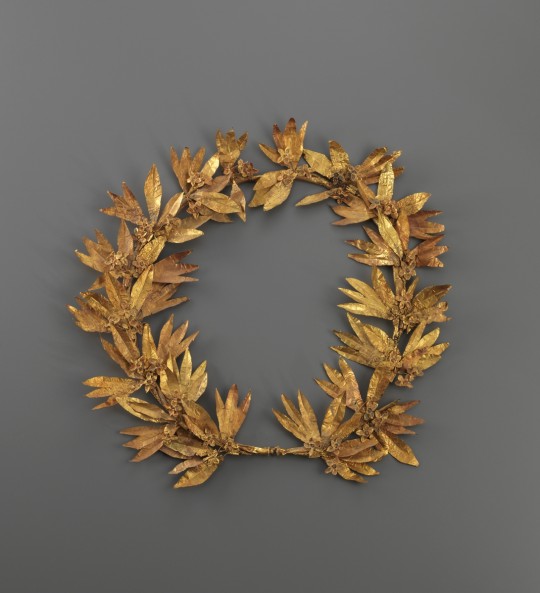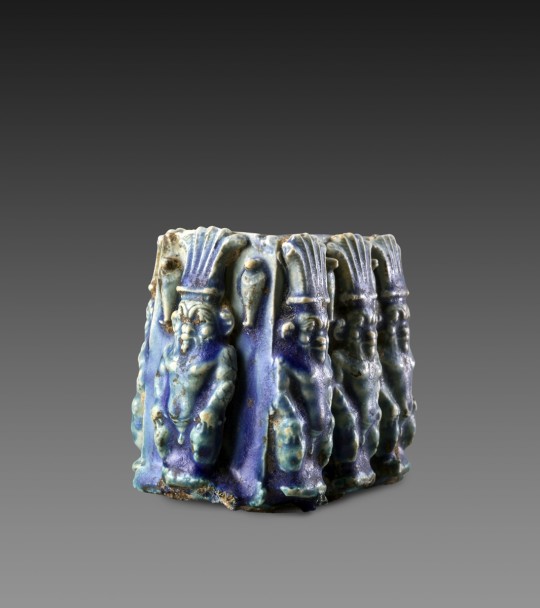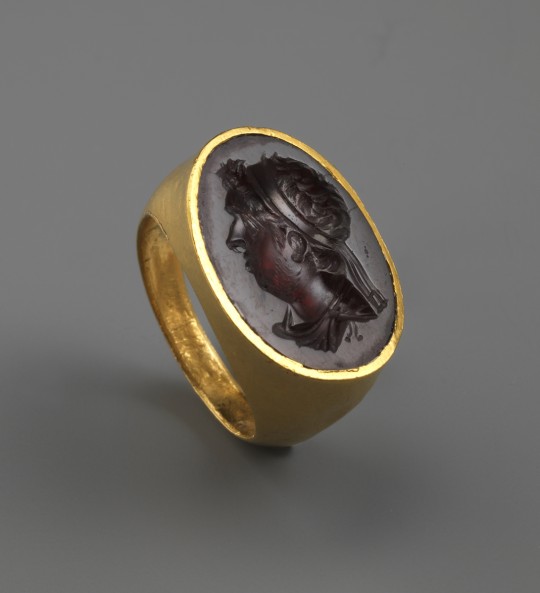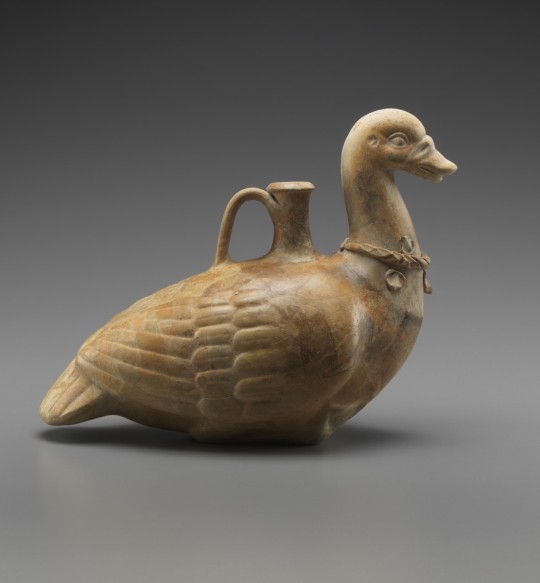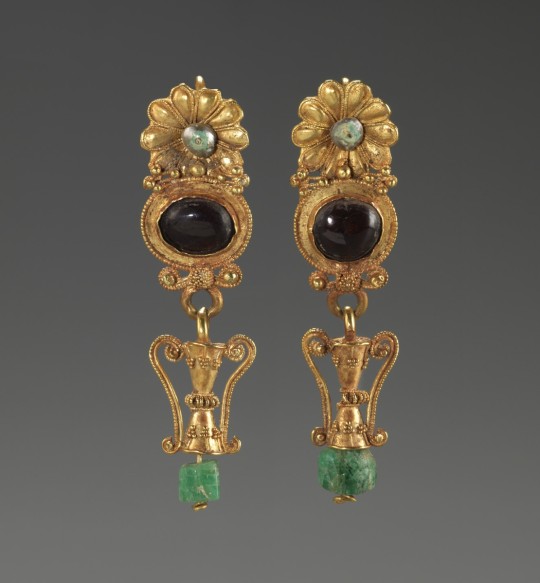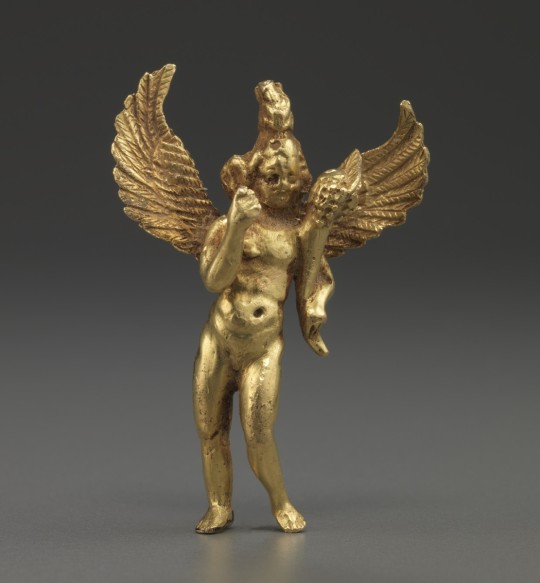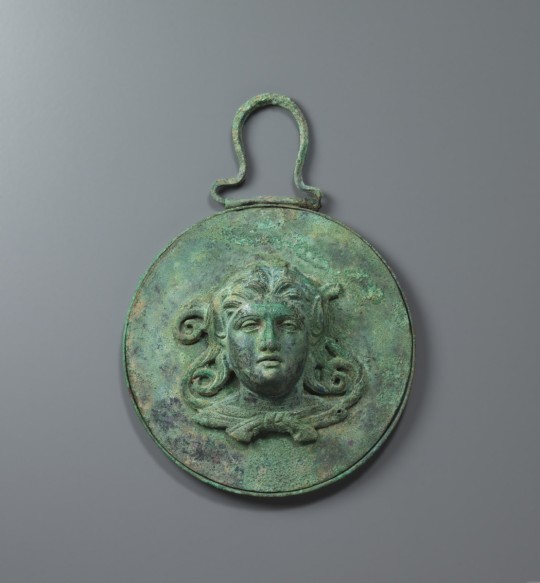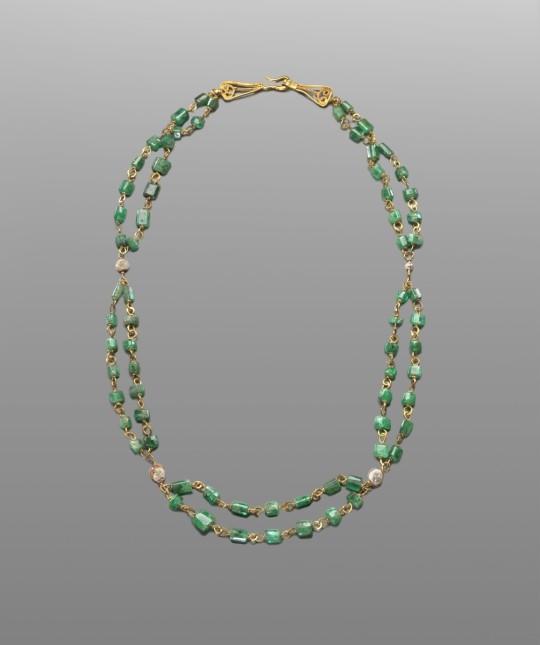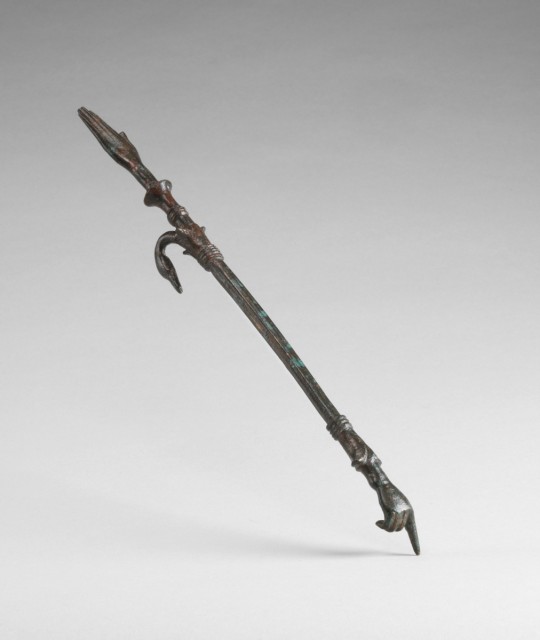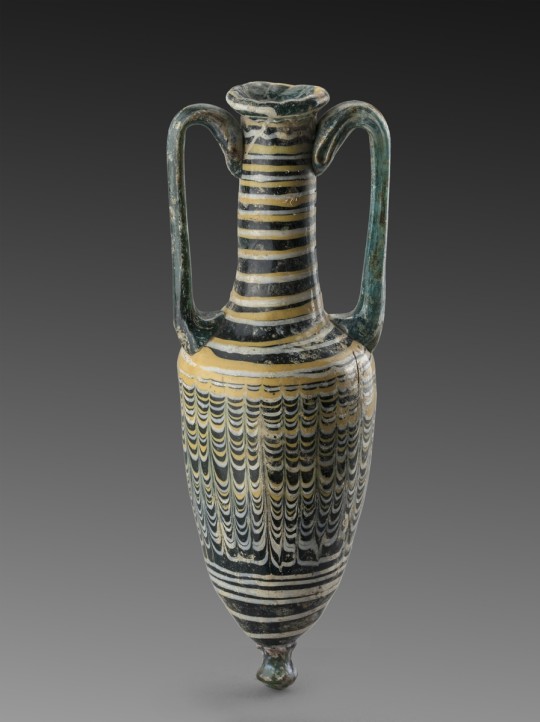
Institut du Monde Arabe, Paris (FR) 11 June 2025 - 11 January 2026
Le Mystère Cléopâtre
Among the great female figures in history, Cleopatra, the last sovereign of Egypt, remains the most popular. The exhibition at the Institut du Monde Arabe from June 11, 2025, to 11 January 11, 2026, explores the legends that have contributed to her fame, as well as recent archaeological discoveries about her. For this exhibition, the Fondation is lending 10 objects from its archaeology collection.
The last ruler of the Ptolemaic dynasty, Cleopatra pursued an active policy of reform that brought prosperity to her country. A shrewd strategist, she maintained peace throughout her twenty-year reign. Around her figure, a dark legend first took shape, which later evolved into a universal icon, combining passion and death, sensuality and cruelty, wealth and war, politics and feminism. On what foundations does this legend rest? How have artists interpreted her image over the centuries? Why does she still fascinate us today? The exhibition invites visitors to delve into the “Cleopatra mystery”…
Paintings, sculptures, prints, manuscripts, archaeological artefacts, jewellery and coins, costumes, film projections, photographs… all offer insights through a rich selection of works on loan from the Louvre, the Bibliothèque nationale, the Château de Versailles, as well as other museums in France and Spain, the United States, Italy and Switzerland. Among the items on display are ten artefacts lent by the Fondation Gandur pour l’Art: a decorated mirror, jewellery, a funerary crown, and vases.

INSTITUT DU MONDE ARABE
1 Rue des Fossés Saint-Bernard
75005 Paris, France

